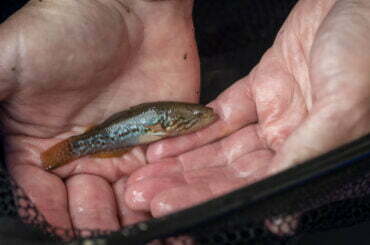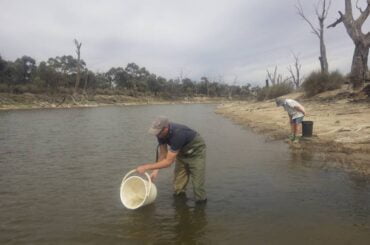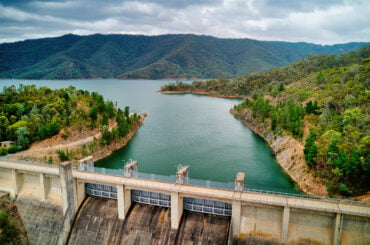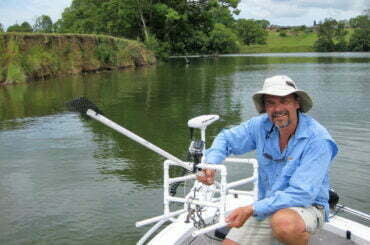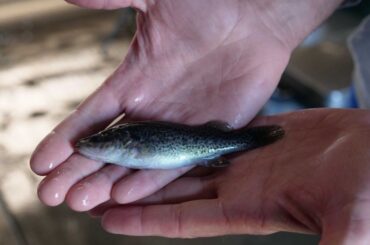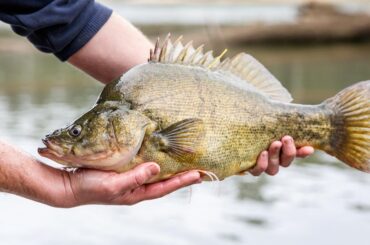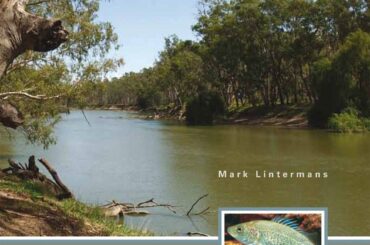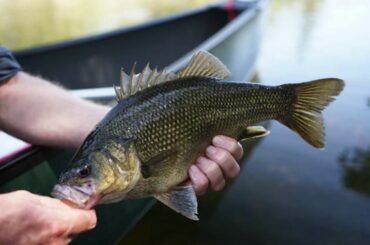Australian Native Fish

Many native fish species within the Murray-Darling Basin have declined dramatically in distribution and abundance. Declines in the population of fish species often occur suddenly. There is potential for the extinction of some species in the future. There is a need to take urgent action to reverse this trend of endangerment, for both individual species and fish communities as a whole. Research undertaken through the Native Fish Strategy has focused on identifying critical habitat for native species, and threats to the sustainability of their populations, so that we can take action to recover them. Areas of high conservation value have been identified with this work informing environmental water plans and other regional conservation activities. Here are some examples and informative videos on our native fish species:
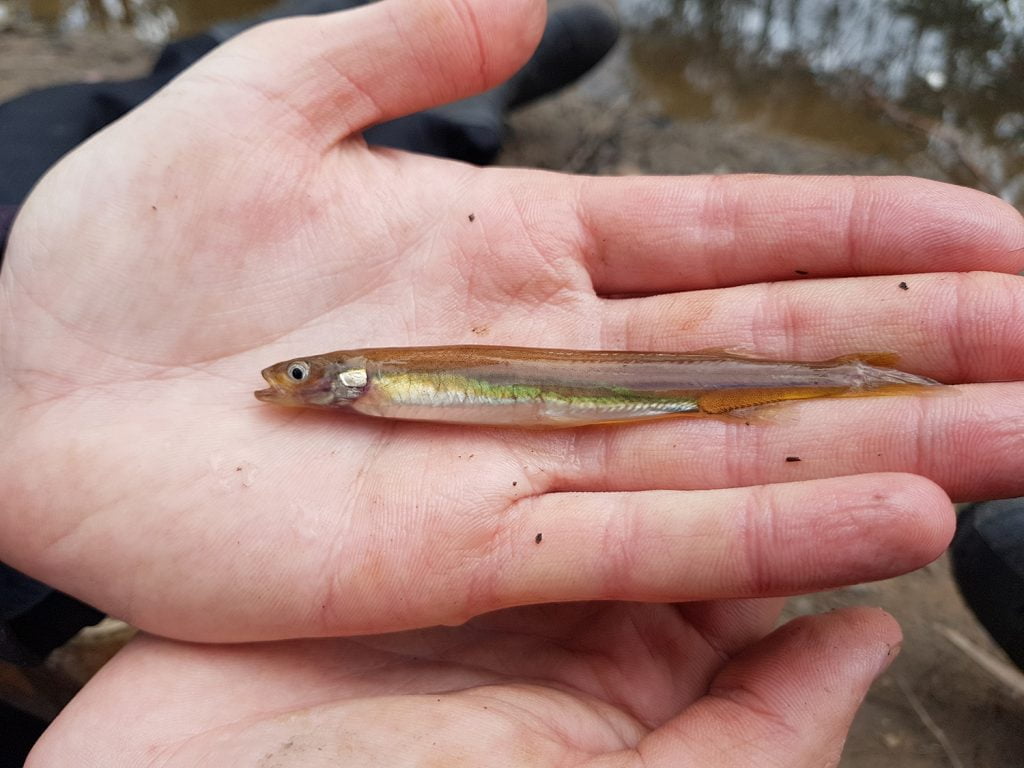
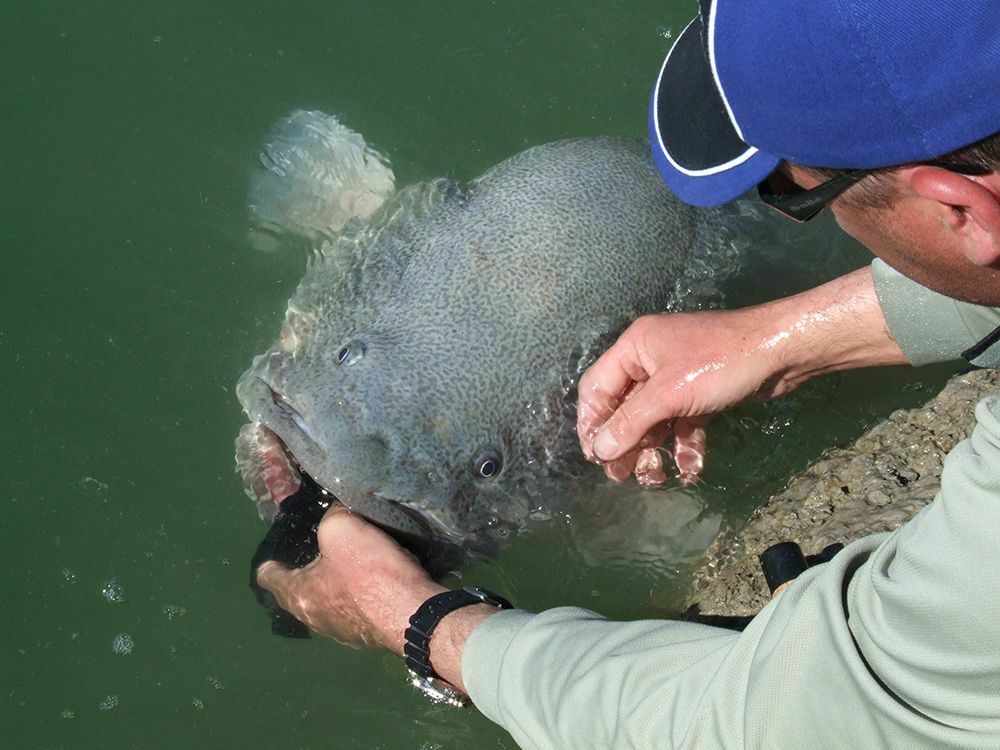
Forecasting of future fish population trends and the implementation of actions to reverse trends towards endangerment is an area for ongoing work. While it is important that specific legislative requirements are provided to manage species under threat, it is also important to recognise that appropriate management arrangements for all fish need to be implemented. Further, it is easier and more economical to maintain healthy populations than it is to restore depleted populations.
Native fish stories
Background All organisms have co-evolved and developed complex relationships with their external environment to help…
The Murray cod (Maccullochella peelii) is Australia’s largest freshwater fish and an icon species. It has…
Fish scientists have been busy collecting data to help understand how river management is influencing…
